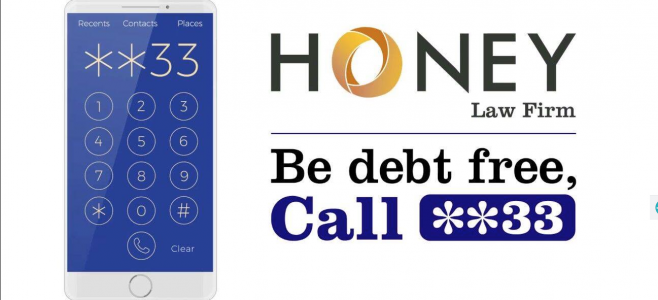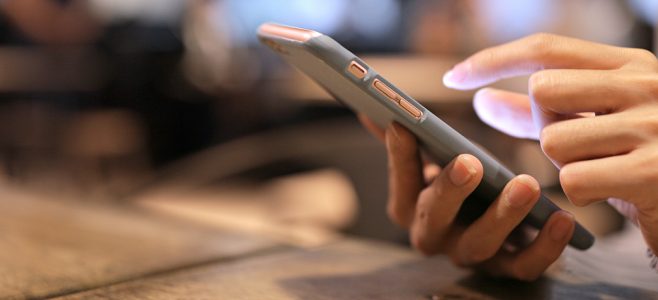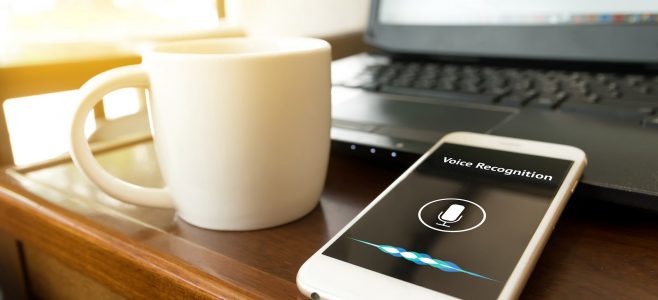Smartphones have become so powerful, and we have loaded so many messaging and social media apps on them, that’s it’s easy to forget the word “phone” is in the name.
Dismissing phone calls as an outdated marketing channel is a big mistake for marketers when rolling out new customer engagement campaigns.
Phone numbers have become the new URL of the mobile age, and a primary identifier of an individual customer. When a brand knows its current and prospective customers’ phone numbers, they can connect with them in ways that mobile ads, social media posts, and messaging apps do not enable.
Encouraging customers to call your sales and support personnel is critical to fostering greater loyalty, increasing efficiency, and growing revenue.

DIGITAL 2019: GLOBAL DIGITAL OVERVIEW
Your customers have an incredible (and ever-growing) selection of communications apps at their fingertips, including SMS texting, Facebook Messenger, WhatsApp, Instagram, Pinterest, Snapchat, etc. These platforms are very popular among consumers, particularly in younger demographics, when it comes to interacting with their friends and families.
However, the phone call remains a key avenue for consumers of all generations when engaging with their favorite brands, as well as when making contact with an organization for the first time.
BIA/Kelsey estimates that mobile calls represent 60 percent of inbound calls to businesses in 2016. This equals 85 billion global mobile calls annually, a figure that will grow to 169 billion by 2020.
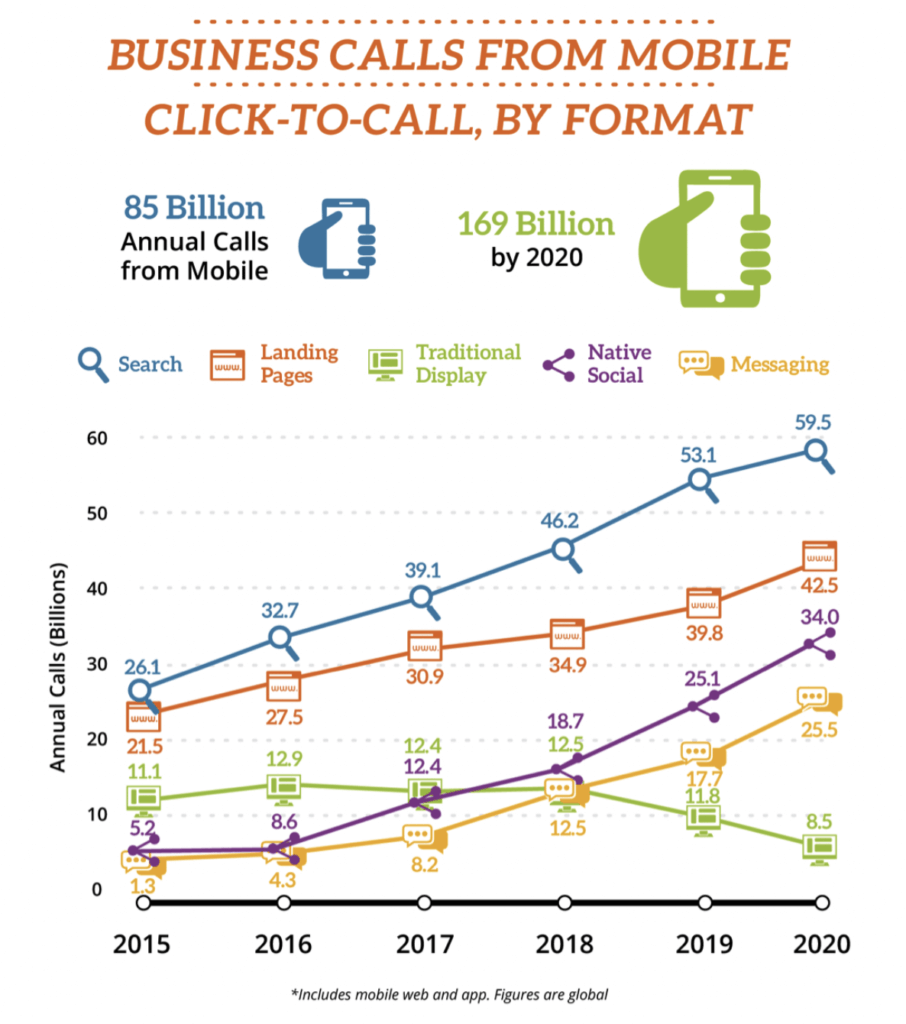
BIA/Kelsey’s research also found that 64 percent of marketers surveyed said phone calls are better than other lead sources including online ad clicks and traffic, filling out forms and social media leads, particularly when their campaigns target local customers. 25-40 percent of prospects who place inbound phone calls to local businesses become customers – that’s 10-20 times more frequently than Web-based leads.[1]
Those numbers make the case for encouraging prospects and customers to use their phones to actually make phone calls, and incorporating calls into any omnichannel marketing strategy.
The concept of providing multi-channel support for customers is not a new one. What’s changed is that over the years, the number of channels now resembles the seemingly endless list of channels in our cable TV guides. There’s print, TV, radio, online (both via a PC and mobile device), phone calls, social media platforms, dedicated messaging apps, chatbots, mobile apps, etc.
Effective omnichannel breaks down the silos that typically separate these channels from one another, and weaves them together to achieve a marketing campaign’s top-line goals, such as driving people to a company’s e-commerce portal or compelling them to visit and brick-and-mortar store.
For instance, if someone sends an email to your company one day, they should be able to engage with your chatbot on Facebook Messenger or make a phone call the next day to continue that “conversation”, even if they’re speaking with a different person or department.
Just like you don’t want to trap customers into feeling like they can only interact with you via email or Facebook, they should not feel like the phone is their first and last option.
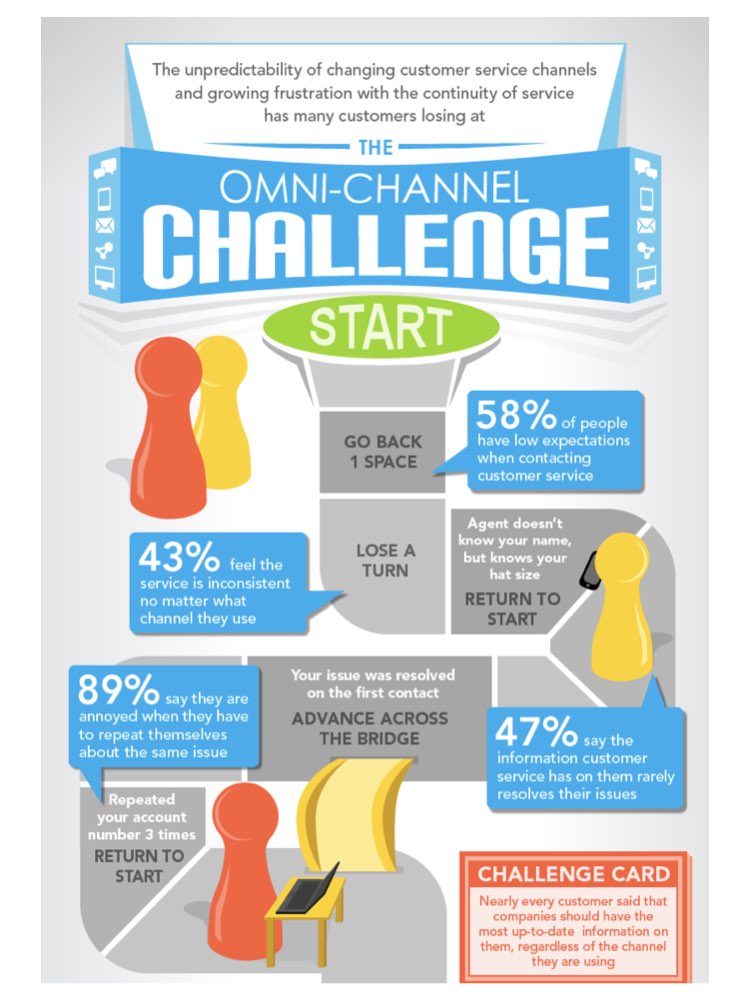
Infographic: Omni-Channel Service Doesn’t Measure Up; Customers Are Tired of Playing Games
The goal of the initial phone call should be to move people away from your call center, which is called “call deflection.” Think of the call as a launchpad for leading customers down a digital path so they engage with you across more of your platforms. That’s the key to offering a compelling customer experience and building brand loyalty.
Integrating A.I.
You might think that incorporating phone calls into an omnichannel campaign is a short-term strategy because of the rapid maturation of artificial intelligence technologies. It’s true that more brands are launching sophisticated chatbots on their websites and mobile messaging platforms that are remarkable in their ability to mimic the experience of trading instant messages with a live person. However, AI is a supplement to, not a replacement for, the experience of talking to a live person.
The true promise that AI holds is less about its ability to mimic human interactions and more about collecting and analyzing data to deliver more personalized experiences for each customer. Data now rules the world, and even AI-powered chatbots cannot deliver the rich data analytics that a phone call does.
A typical smartphone owner has about 80 different apps installed on his or her smartphone, and social media platforms and communications apps are among the most popular. Some apps integrate well with one another, such as Facebook and Instagram following Facebook’s acquisition of the latter. But for the most part, using multiple communications apps also means managing multiple user names.
Your friend may have unique screen/account names for his Facebook, Twitter, Instagram, email, LinkedIn account, just to name a handful. But he only needs one mobile phone number, and it won’t change no matter how many apps he installs and uninstalls over the years. When a customer provides a cell phone number to a brand for the first time, the brand can start building a profile – with customer’s explicit permission – in order to create more targeted and effective engagements.
That phone call also serves as the bridge to the assets in an omnichannel strategy. Consider the example of one state’s highway toll network that uses the phone as the initial communication channel for drivers, particularly out-of-state visitors, who do not have the automatic toll collecting device attached to their windshields.
When drivers realize they have passed through an automated toll collection waypoint, they don’t have to download the state agency’s mobile app or login to the website. They simply dial a shortened phone number, which automatically directs them to a live representative for help, and sends them a text message with a link to pay the toll when they have the time to do so. That draws the drivers to the agency’s web site, where they can also create an account, order a toll collection device to mount to their windshields, conduct any additional research or pose follow-up questions via chat or email.
This perfectly illustrates what I referred to earlier as “call deflection.” Placing that initial phone call does not trap the customer into a queue where they can only wait on hold for the next available representative to become free. Research shows 60 percent of people who are put on hold when they dial a call center drop off within the first minute. By simultaneously providing links to other digital resources, this state agency can engage with its customers through whatever channel each customer wants to use. As a result, it has reduced the number of drop-offs by almost 40 percent, which is significant considering the agency fields close to 6 million calls every month.
The phone may be the oldest channel in your omnichannel strategy, but using our voices to interact with our devices and myriad communications platforms is becoming more and more common. Today, you use your voice to access A.I.-powered digital assistants like Apple’s Siri, Google Now and Amazon Alexa. In 10 years, our keyboards may be gathering dust next to our old landline phones. The combination of your phone number and your customers’ voices will enable you to extend your brand’s visual identity and deliver captive engagements across offline and online channels, all initiated through your customers’ mobile devices.
This article was published on 60secondmarketer.com
#starstarmobile #60secondmarketer


